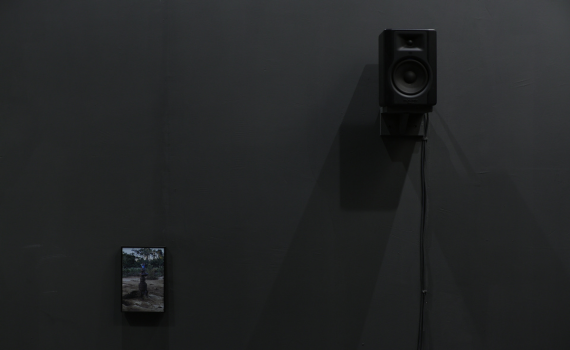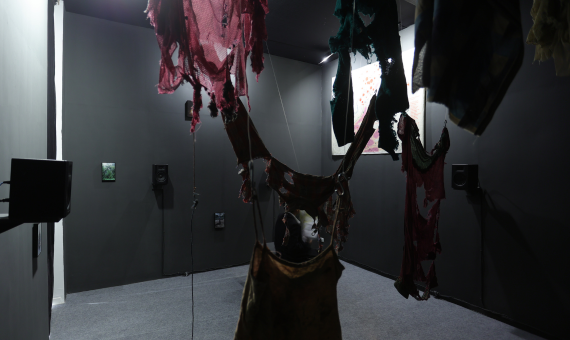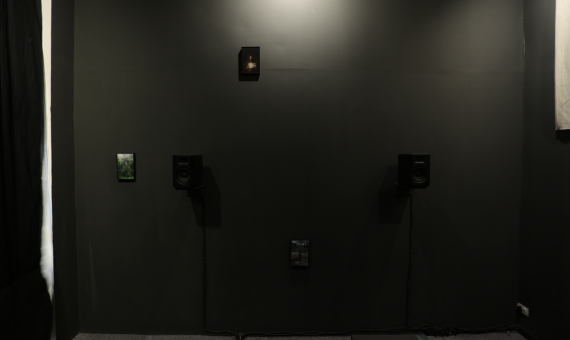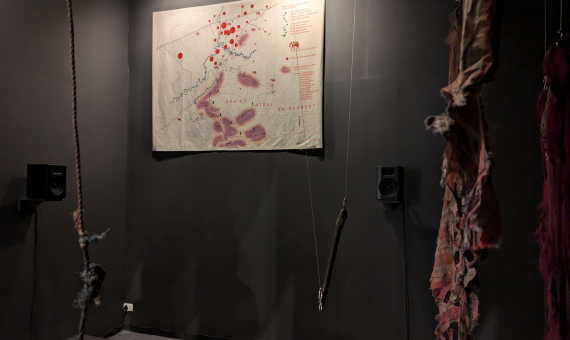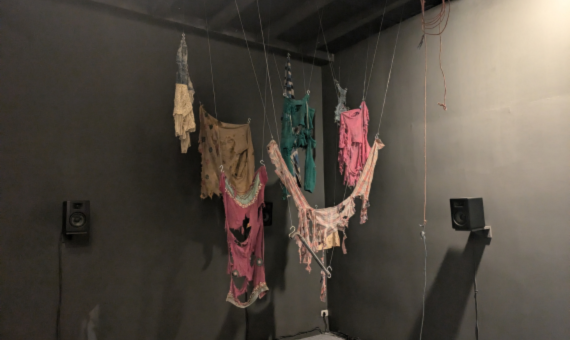About
Devadeep Gupta’s practice assembles anecdotal and rebellious ruptures in the everyday, circadian meta-cultural actions, and excavations from archives that are active sites which reiterate their agency in the contemporary. In this project, his process lends itself to portray symbiosis and dialoguing among communities, ecological actors, the petrochemical-industrial-capitalist complex, and transcendent co-existences.
The complicated entanglement between colonial extraction and apathy, and neo-colonial circuits that perpetuate ecological ruin of an erstwhile lush region that encompasses the Dehing Patkai Rainforest and Soraipung village, has entrenched itself into the quotidian experiences and rhythms of human and more than human existences that are the originary inhabitants of the land. Amidst unspeakable tolls on mortality and well-being, there are fleeting instances of reparative escape synthesised into the tangible affects of operative violence that offer themselves to us when we turn our attention skywards, to the congregating birds whose calls will no longer remain if historical oppression of the land and its inhabitants continues into the future.
The project is a co-commission between Prameya Art Foundation and India Art Fair as part of Discover 8, an ongoing programme that supports the production of research-based, experimental work by emerging creative practitioners.

